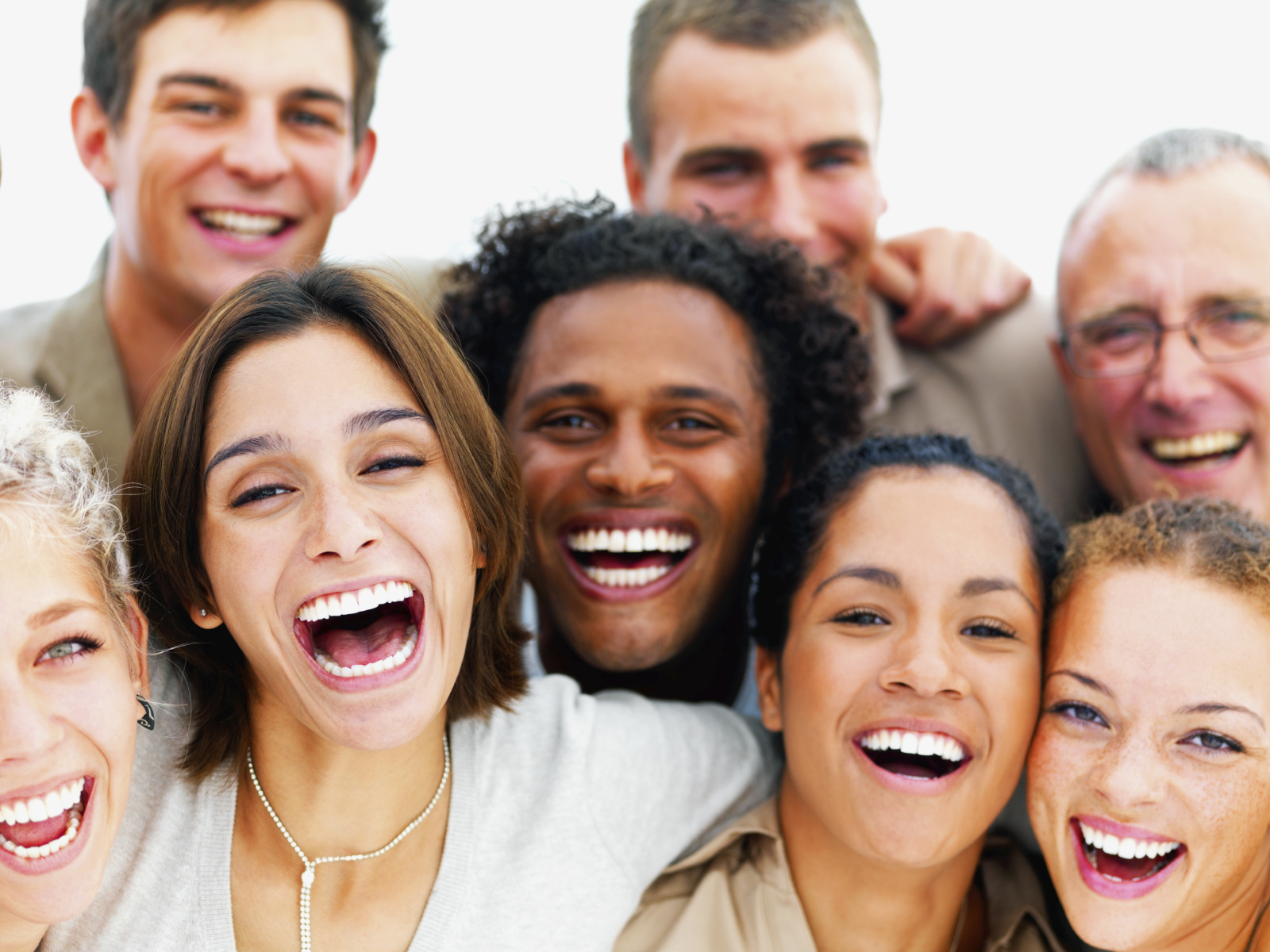Dr. Ekman, professor emeritus at the University of California, San Francisco (UCSF), is a researcher and author who is renowned for improving our understanding of non-verbal communication, entailing facial expressions and gestures. In 2009, Time Magazine named him one of the 100 Most Influential People in the World, and in 2014, the journal Archives of Scientific Psychology ranked him fifteenth among the most influential psychologists of the twenty-first century.
With 14 books and 170 scientific articles published, he’s a leading authority on the expressions and emotions of the face. He has developed a number of objective scientific tools, particularly for measuring the veracity of facial expressions, including the smile. The American crime drama series Lie to Me, created by Samuel Baum and featuring 48 forty-two-minute episodes, was based on Dr. Ekman’s scientific discoveries in the field of clinical psychology.
The 18 types of smiles
In the development of standard facial recognition tools, Dr. Ekman identified 18 common types of smiles. Our brain can easily decode the different smiles in less than 20 milliseconds. Below are descriptions of the 18 kinds of smiles that Dr. Ekman has catalogued:
- The fixed polite smile
- The embarrassed smile (I don’t know anyone)
- The tight-lipped relieved smile (oops, that was a close call)
- The exhausted smile (that of happiness after a long race)
- The sadistic smile (it particularly exudes jealousy)
- The exasperated smile (expresses our annoyance)
- The compliant smile (takes bad news with resignation; it will be over soon)
- The diplomatic smile (a “professional” smile)
- The ecstatic smile (life is wonderful)
- The exaggerated smile (imitation of joy, a little forced)
- The worried smile (the situation is really awkward)
- The contemptuous smile (one is secretly a bit spiteful)
- The ironic smile (welcome to sarcasm)
- The fake smile (to hide an emotion of weakness)
- The delighted smile (in front of a baby)
- The warm smile (that of a mother encouraging her child)
- The meditative smile (Buddha-like, filled with compassion)
- The amorous smile (the most communicative)
Obviously, depending on the situation and our level of experience, each of us can roughly interpret the nuances of different smiles as a means of communication. The fact remains that smiles are a very important part of our lives. If that makes you want to play and smile, test your expertise by trying out different types of smiles. Who knows? You might just discover that you have a latent talent as an actor or comedian…



